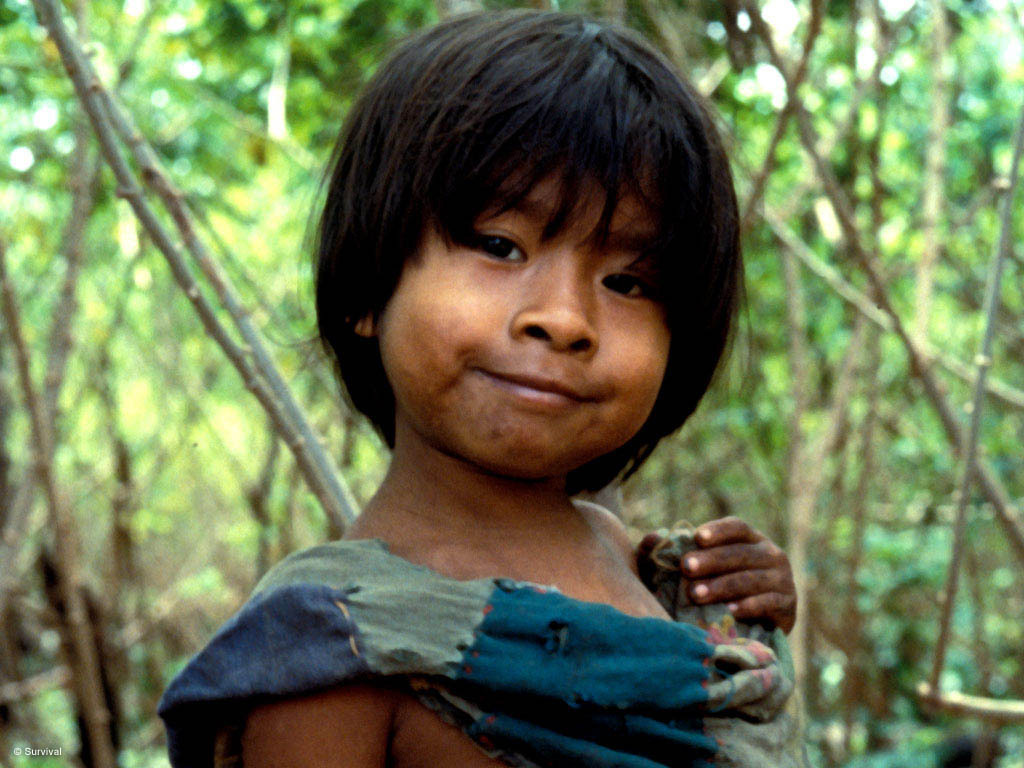

The lake is located in the northeastern Wa territory in the border area between China and Myanmar. Om Diem, a Wa people village in Cangyuan Va Autonomous County, YunnanĪccording to Sir George Scott in the Wa origin myths the first Wa originated from two female ancestors Ya Htawm and Ya Htai who spent their early phase as tadpoles (rairoh) in a small lake known as Nawng Hkaeo. The Wa were once known as the "Wild Wa" by the British due to their practice of headhunting. Many of the Wa are animists and a small proportion of the population follows a derivative of either Buddhism or Christianity. The Wa people speak the Wa language which are part of the Mon-Khmer group of languages. Generally, the traditional customs of the Wa, as well as their lifestyle, are very similar to those of the Naga people further to the Northwest. They bred water buffaloes, which they used mainly for sacrificial purposes. The Wa traditionally practiced subsistence agriculture by cultivating rice, peas, beans, poppies and walnuts. It is a rugged mountainous area located between the Mekong and the Salween River, with the Nam Hka flowing across it.

Historically, the Wa have inhabited the Wa States, a territory that they have claimed as their ancestral land since time immemorial. The Wa people ( Wa: Vāx Burmese: ဝလူမျိုး, Chinese: 佤 族 pinyin: Wǎzú Thai: ว้า) are a Southeast Asian ethnic group that lives mainly in Northern Myanmar, in the northern part of Shan State and the eastern part of Kachin State, near and along Myanmar's border with China, as well as in China's Yunnan Province. The Wa States in an early 20th century The Imperial Gazetteer of India map.


 0 kommentar(er)
0 kommentar(er)
